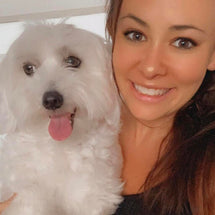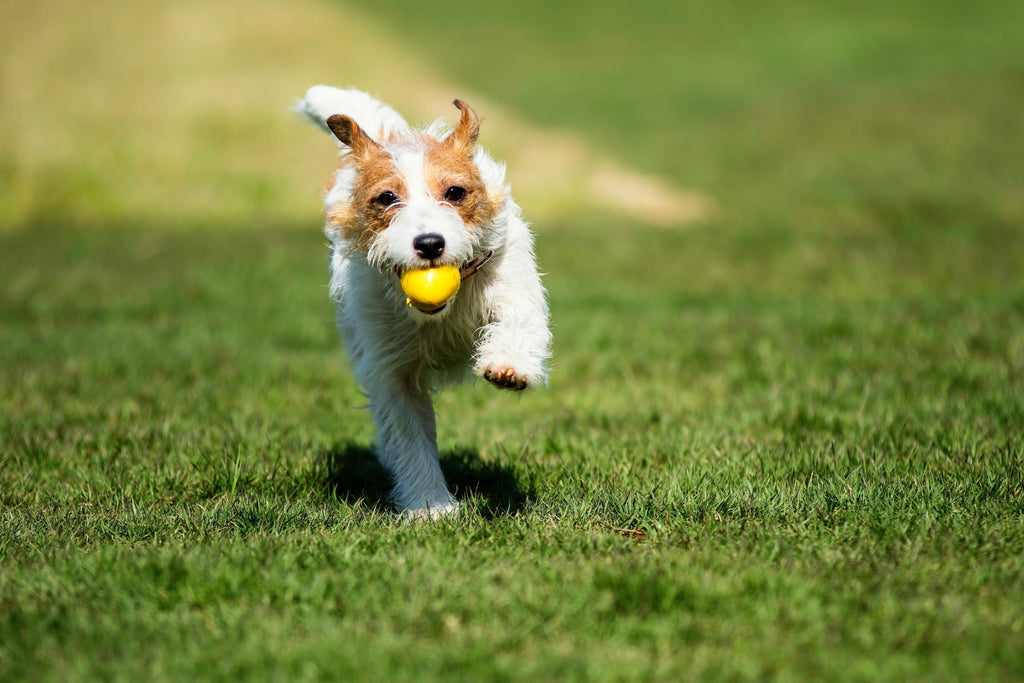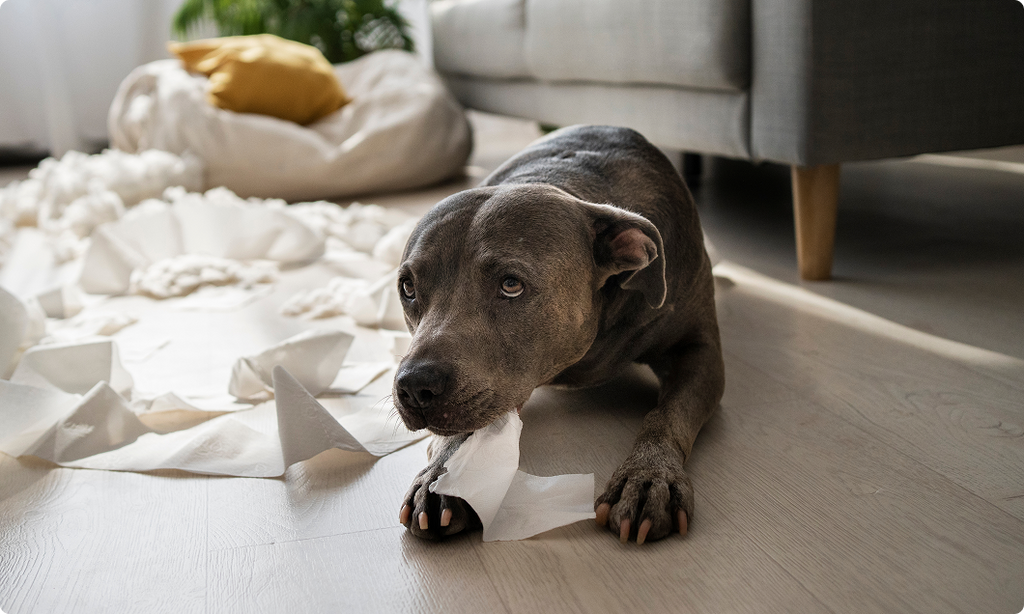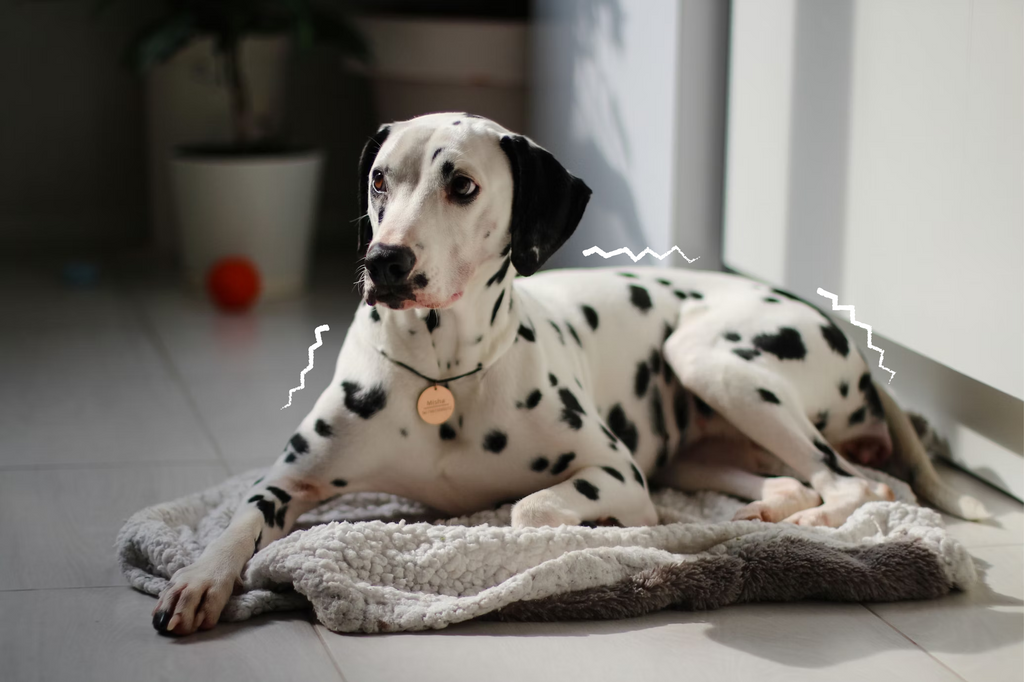Introducing a New Pet to Your Dog

Adding a new pet to your family is a very special time, brimming with excitement and anticipation. However, it also comes with a set of challenges and responsibilities to ensure that the transition is smooth for both your new pet and existing household members.
Whether you're bringing home a playful puppy, a senior citizen, a curious kitten, or any other furry, feathered, or scaly friend, it is always important to thoroughly prepare for a new addition to the household.
How Do You Know When It’s the Right Time to Add Another Pet to Your Household?
Deciding when to add another pet to your household is a significant decision that involves careful consideration of several factors, and something one should never rush into, as it is and should be a lifetime commitment!
Brining home a new pet to your home involves ensuring your current pets are well-adjusted, with a calm demeanour and positive social interactions, and no recent behavioural or health issues.
Your family should be fully prepared and excited, with a clear plan for shared pet care responsibilities. Financially, you must be ready for the initial and ongoing costs, including high-quality food, veterinary visits, grooming, and pet insurance. Additionally, ensure you have enough time for training, bonding, and exercise, and that your living space is suitable and safe for an additional pet. Finally, research the specific needs and behaviours of the new pet to ensure a smooth transition.

Preparation is Key
Before your new pet arrives, it’s important to prepare your home and family. Make sure your home is safe for your new pet by pet-proofing it. Although you may already have a pet, who may know to ignore hazardous items, you new pet may not be as well taught or have a more inquisitive mind (or taste buds). Secure trash cans, and keep small, swallowable objects out of reach.
Ensure your new pet has their own supplies such as food, water bowls, bedding, toys, and grooming tools. Having these items ready will make the pet feel welcome and reduce stress of sharing, which may lead to them fighting over a potential “hierarchy”.
Additionally, designate a specific area for your pet, especially in the beginning, to provide a safe and quiet place for them to retreat to while they get used to their new environment.

Introducing Your New Pet to the Existing Dog!
If you already have, one or multiple dogs at home, introducing a new pet requires careful planning to ensure a smooth transition and harmonious relationships among all furry family members.
1. Neutral Territory
Before bringing the new pet into your home, it's best to introduce them to your existing pets in a neutral territory outside the home. This helps to minimise territorial behaviour and reduces the likelihood of conflicts.
Choose a neutral space such as a nearby park, beach, or a friend's yard where none of the pets have established territory. Make sure that it is a calm environment, that isn't too busy with other dogs, people or loud noises as this can lead to overstimulation or anxiety, leading to an negative experience.
2. Gradual Introduction
Once in the neutral relaxed environment, start with short, supervised meetings between the new pet and your existing pets. Allow them to sniff and observe each other from a safe distance. Use barriers like baby gates to maintain separation initially, allowing them to see and smell each other without direct physical contact.
Gradually increase the duration of these meetings over several days, observing their interactions closely for signs of stress or aggression. If at any time they do start to look stressed or signs of aggression, remove them from the situation immediately - having them "fight it out" to establish dominance is not the answer to a long term happy family relationship.
3. Positive Reinforcement
Throughout the introduction process, use positive reinforcement such as praise and treats, to encourage calm and positive interactions between the pets.
Reward both the new pet and your existing pets with treats, praise, and affection for displaying friendly behaviour towards each other. This helps to create positive associations and build trust among them.
Additionally, be patient and allow them to progress at their own pace, respecting their individual personalities and comfort levels.
4. Monitoring and Adjustment
Even after the initial introduction phase, continue to monitor the interactions between your pets closely, especially during the first few weeks after bringing the new pet home.
Warning signs include:
- Tense Body Language
- Growling or Snarling
- Prolonged Staring: potential aggression
- Raised Hackles
- Snapping or Biting
- Ears Pinned Back
- Excessing Panting
- Whining or whimpering
Be prepared to intervene if any conflicts arise, and consider seeking guidance from a professional animal behaviourist if needed. It's normal for there to be some adjustment period as the pets establish their boundaries, but with patience, consistency, and positive reinforcement, most pets can learn to coexist peacefully, and may even become best friends!

What Happens If My Existing Dog Doesn’t Like My New Dog?
If your old dog doesn't like your new dog, it can create tension, stress or even lead to injury within your household.
Reasons Why Your Old Dog May Not Like the New Dog:
- Territorial Behaviour: Your old dog may feel threatened by the presence of the new dog, especially if they perceive them as encroaching on their territory.
- Resource Guarding: If your old dog is protective of their food, toys, or other resources, they may become aggressive towards the new dog if they perceive them as a threat to these resources.
- Personality Clashes: Dogs, like humans, have unique personalities, and sometimes they simply don't get along due to differences in temperament or energy levels.
-
Lack of attention or Jealousy: It’s true, studies have shown that dogs do in fact have the ability to get jealous! Make sure you are spending equal time with both pets, giving them the love and attention they deserve.
Steps to Address the Situation:
Keep in mind, your two dogs may not become bff’s overnight. It usually takes at least three weeks for dogs to get used to one another and may take months or even years for them to fully be accepted.
- Give Them Space: Allow both dogs to have their own separate spaces where they can retreat and feel safe. This can help reduce tension and prevent confrontations.
- Supervised Interactions: Only allow interactions between the dogs when you are present to supervise. Keep the interactions short and positive, gradually increasing the duration as they become more comfortable with each other.
- Positive Reinforcement: Use positive reinforcement to reward calm and friendly behaviour from both dogs during their interactions. This can help create positive associations and reduce tension between them.
- Professional Help: If the situation does not improve despite your efforts, consider seeking help from a professional dog trainer or behaviourist. They can assess the situation and provide tailored guidance to help improve the relationship between your dogs.
- Patience and Time: Building a positive relationship between dogs takes time and patience. Be patient and consistent in your efforts, and don't expect immediate results. With time and effort, many dogs can learn to coexist peacefully.
- Separation if Necessary: In some cases, it may be necessary to keep the dogs separated when you are not able to supervise them. This can prevent conflicts and ensure the safety of both dogs.
Introducing a Cat to Your Dog

Introducing a cat to a dog can be a very delicate process, as the outcome can vary widely depending on the individual personalities and temperaments of both animals. Sharp claws and big teeth are never a good mix, especially when you add in anxiety or over excitement!
While some dogs or cats may instantly take to the presence of a new feline or canine friend, others may initially display signs of fear, aggression, or indifference. However, with patience, supervision, and gradual introduction, many dogs and cats can eventually become the best of friends, and may even choose to spend their nights snuggling each other rather then you!
By allowing them to acclimate to each other's scent, providing positive reinforcement, and ensuring each pet has their own safe space, pet owners can facilitate a smooth transition and foster a harmonious relationship between their furry companions.
When introducing a dog to a new cat, it's essential to proceed with care to ensure a smooth transition and foster a positive relationship between the two animals.
- Separate Spaces: Initially, keep the cat and dog in separate areas of the house. Allow them to become familiar with each other's scent by swapping bedding or allowing eahcother to sniff eachother through a closed door. Baby gates can work in some instances, however be mindful of a cats swipe! Ensure the cat has access to a dog-free sanctuary at all times to feel safe and secure.
- Controlled Meetings: When it's time for a face-to-face meeting, have the dog on a leash and allow the cat to roam freely. Keep the meeting short and ensure the dog remains calm to prevent any sudden movements that may startle the cat.
- Positive Interactions: Reward the dog for calm behaviour and allow the cat to approach at their own pace. Avoid forcing interactions and let them establish their comfort levels naturally.
- Supervised Time Together: Gradually increase the time they spend together while you are supervising. Always ensure the cat has an escape route or a high place to retreat if they feel threatened. This helps to prevent stress or potential conflicts between the two animals.
-
Respect Boundaries: Never leave the dog and cat unsupervised until you are confident that they are comfortable with each other and there is no risk of aggression. Respect their individual boundaries and take any signs of discomfort seriously.
Introducing Your Dog to Small Animals

Introducing your dog to small animals, such as bird, rabbits or guinea pigs, requires an extra level of caution and supervision due to dogs' natural predatory instincts.
- Secure Area: Start by creating a secure and separate area for the small animal, such as a cage or pen. This ensures their safety while allowing the dog to observe them from a distance.
- Positive Reinforcement: Use positive reinforcement techniques to associate the presence of the small animal with rewards, such as treats or praise. This helps to create positive associations and reduces the likelihood of aggressive behaviour from the dog.
- Gradual Exposure: Gradually increase the exposure by allowing the dog to be in the same room as the small animal, but always under strict supervision. Use a leash or muzzle if necessary to prevent any potential accidents or aggression.
-
Monitor Behaviour: Monitor the dog's behaviour closely, looking for signs of prey drive or excessive interest in the small animal. If the dog shows signs of aggression or attempts to lunge or chase, separate them immediately and consult with a professional trainer or behaviourist.
By following the steps above, we hope to have significantly helped to ease the process of introducing a new family member to your existing pets. With patience, preparation, and understanding, you’ll be well on your way to creating a harmonious and happy family dynamic that will bring joy and companionship for years to come.






